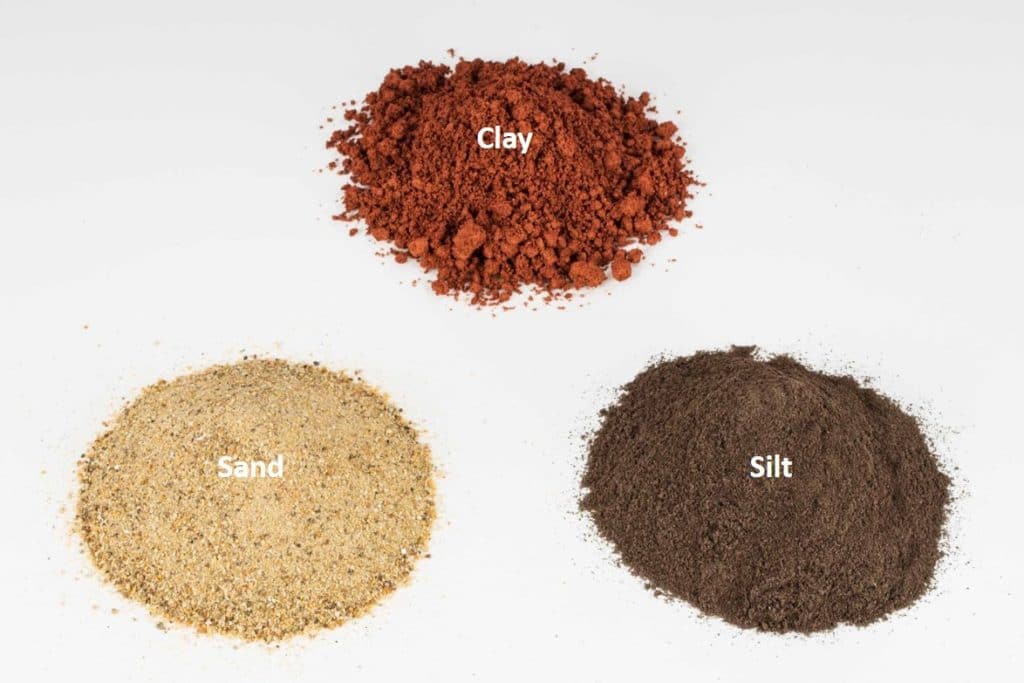Clayey soil is the densest and heaviest form of soil, whereas sandy soil is made up of microscopic weathered rock pieces.
Here are some key distinctions between them to help you learn how they differ:
Clayey Soil Vs Sandy Soil:
What is Clayey Soil?
Clayey soil is made up of very tiny clay particles and has a high-water retention capacity.
Clay is a porous, soft earthy substance that comprises particles with grain sizes of less than 4 micrometers.
It is generated over long periods of time as a result of weathering and erosion of sedimentary deposits in the mineral group feldspar.
The categories are listed below based on the percentages of clay soil;
- Silt Soils with 0 – 10% Clay.
- Clay Soils with 10% – 25% Clay.
- Clay Soils with 25% – 40% Clay.
- Clay Soils with 40% Clay.
What is Sandy Soil?
Sandy soil is thin and moist, with an acidic pH and low nutrient concentration.
These soils drain well and are easy to deal with economically.
They thawed up faster in the springtime than clay soils, but they dried up faster in the summertime and suffered from low nutrients washed away by rain.
Organic material can help plants obtain an additional nutritional boost by improving the soil’s nutrition & water retention ability.

What is Difference between Clayey Soil and Sandy Soil?
Clayey soil is a type of soil that benefits from rich nutrients or soil that is formed of very small mineral particles and minimal organic matter content, whereas sandy soil is known as light soil owing to its high concentration of sand and low proportion of clay (clay weighs more than sand).
So, what’s the difference? Let’s discuss the difference between them and how they are similar but not the same.
| Clayey Soil | Sandy Soil |
| Finer particles are present. | Larger particles are present. |
| The particles are closely packed. | The particles are not tightly packed. |
| Clayey soil is more productive than sandy soil | It is unproductive. |
| Water retention capacity is quite high. | Water retention capacity is low. |
| The water percolation rate is the slowest. | Water percolation is at its peak. |
| Excellent for producing a variety of crops. | Crop cultivation is not possible. |
| Less air is compressed between the particles. | There is more air trapped between the particles. |
| It is quite thick and hefty. | It is less thick and heavier than clayey soil. |
Conclusion:
After a comprehensive study of the concepts, you should have a clear understanding of clayey soil and sandy soil.
They are both tiny small pebbles.
Sandy soils has the greatest particle size: Sand, Silt, and Clay, while clay soils is the smallest.
The only thing they have in common is that they are both eroding bedrock that serves as a growing substrate for plants.
• Section Under Diff